Wild Edible Plants
BRASSICA FRUTICULOSA
Mediterranean wild cabbage or twiggy turnip is native to the Mediterranean region where it enjoys disturbed soils such as the margins of agricultural fields. In Southern Italy and Sicily, it is easy to find the wild cabbage growing during the autumn season in the barren vineyards after the first rainfall. Mediterranean cabbage is a perennial herbaceous plant in the Brassicaceae family that adapted to dry environments. It requires minimal watering when intentionally cultivated, making it suitable for regions with low rainfall and areas changing due to drought conditions. The leaves have a slightly bitter, mustard-like flavor that is typical of many Brassica species. The seeds can be harvested and used to produce mustard-like condiments or ground into flour for use as a spice.The tender young stems can also be eaten, particularly when they are still green and soft; they can be cooked or used in stir-fries. Its slightly bitter taste is often appreciated in traditional Mediterranean cuisine, where it is used to add depth and complexity to dishes. Mediterranean wild cabbage is rich in vitamins, particularly vitamin C and A, as well as minerals like calcium and iron. This plant approaches unique challenges created by climate change while supporting our increasing nutritional needs as the food system responds to climate change.
SEED SAVERS
Aterraterra Lab, Palermo (Italy) ︎︎︎
Mediterranean Wild Cabbage
BRASSICA FRUTICULOSA
Mediterranean wild cabbage or twiggy turnip is native to the Mediterranean region where it enjoys disturbed soils such as the margins of agricultural fields. In Southern Italy and Sicily, it is easy to find the wild cabbage growing during the autumn season in the barren vineyards after the first rainfall. Mediterranean cabbage is a perennial herbaceous plant in the Brassicaceae family that adapted to dry environments. It requires minimal watering when intentionally cultivated, making it suitable for regions with low rainfall and areas changing due to drought conditions. The leaves have a slightly bitter, mustard-like flavor that is typical of many Brassica species. The seeds can be harvested and used to produce mustard-like condiments or ground into flour for use as a spice.The tender young stems can also be eaten, particularly when they are still green and soft; they can be cooked or used in stir-fries. Its slightly bitter taste is often appreciated in traditional Mediterranean cuisine, where it is used to add depth and complexity to dishes. Mediterranean wild cabbage is rich in vitamins, particularly vitamin C and A, as well as minerals like calcium and iron. This plant approaches unique challenges created by climate change while supporting our increasing nutritional needs as the food system responds to climate change.
SEED SAVERS
Aterraterra Lab, Palermo (Italy) ︎︎︎

